Selous Game Reserve is the biggest game reserve in Africa, a vast, untouched wilderness.
The reserve is home to some of the highest densities of animals in the world and covers an area larger than Switzerland. This is one of few places in Africa where you can drive a whole day without seeing another vehicle, surrounded by pristine nature.
The Rufiji River is the lifeline of the reserve creating wetlands, swamps, woody grasslands and miombo woodlands.
Take a boat safari along the crocodile-infested waters or search for some of the last remaining wild dogs and black rhinos on the planet.
I took an idyllic boat ride along the Rufiji River a few months ago and it was an unforgettable experience. I nearly broke social media from all the pictures I took and posted online.
In this article, I'll give you the best hacks on what makes Selous so special, the diverse landscape of Selous, the costs of a Selous safari, the best time to go to Selous, how to get to Selous, budget and luxury accommodation options for Selous, the abundant wildlife in Selous, and fun activities in Selous.
Let's get started!
My Quick Takeaways:
Planning a trip to Selous Game Reserve? Here's what you need to know at a glance:
- Vast Wilderness: As Africa's largest game reserve, Selous offers unspoilt landscapes teeming with diverse wildlife.
- Rich Biodiversity: Home to significant populations of elephants, black rhinos, cheetahs, giraffes, and one of the world's largest wild dog populations.
- Rufiji River: The lifeline of the reserve, creating wetlands, swamps, and woodlands; ideal for boat safaris to spot hippos and crocodiles.
- Unique Activities: Enjoy game drives, walking safaris, and boat excursions in a less crowded setting compared to northern parks.
- Best Time to Visit: June to October (dry season) for optimal wildlife viewing; note that some roads may be flooded during the wet season (November to March).
For a full breakdown, check out my complete article! Let's roll.
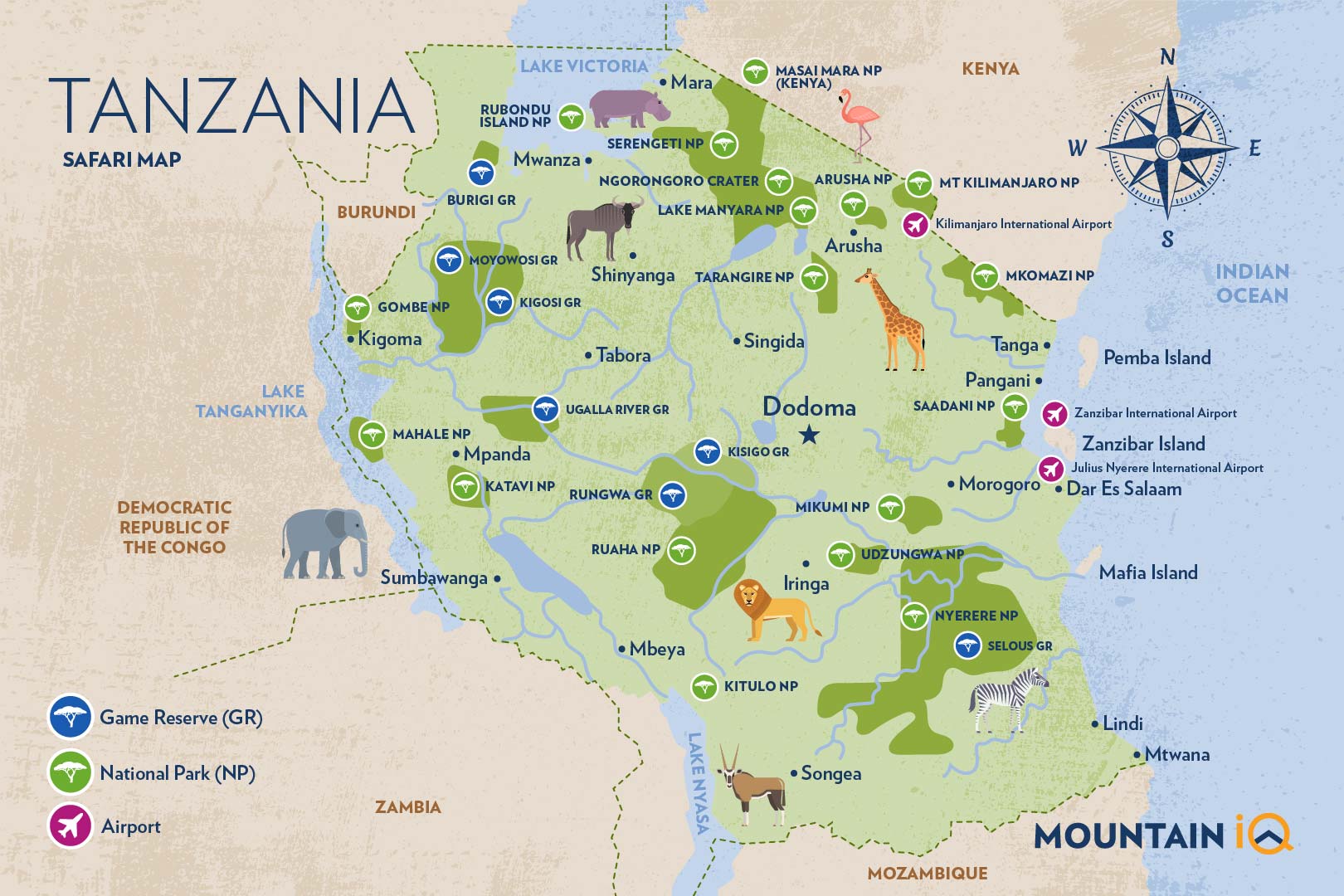
Before we dive into the Selous Game Reserve FAQs, why not familiarise yourself first with my super-helpful map of Tanzania above?
As you'll see, Selous Game Reserve is in Southern Tanzania and 140km (roughly 87 miles) from Nyerere National Park, its neighbour.
Now, let's dive into the Selous Game Reserve FAQs!
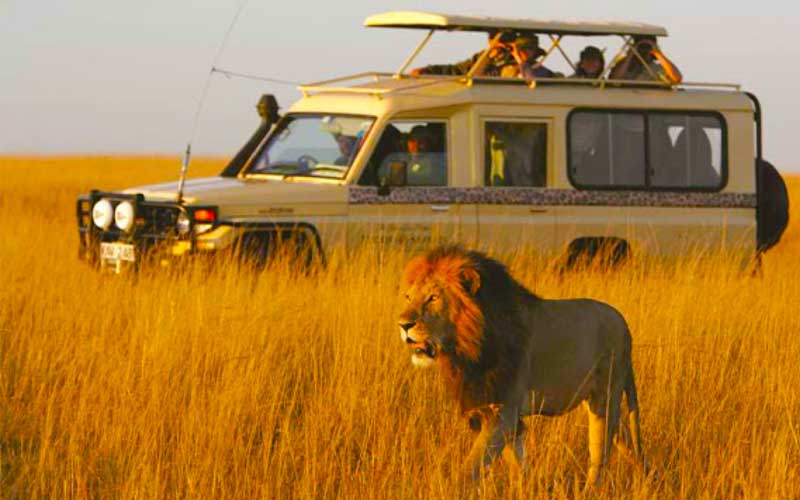
Plan your Safari experience
Check out these amazing deals on epic safari experiences now.
Selous Game Reserve FAQs
Why is Selous Game Reserve so famous?
Selous Game Reserve is famous for a number of reasons. For one, it's the biggest wildlife conservancy area in all of Africa.
Second of all, it contains some of the world's largest number of animal populations like elephants, black rhinos, cheetahs and giraffes.
Located on Tanzania’s less crowded southern safari circuit, Selous Game Reserve covers an immense area of 50,000 square kilometres (roughly 19,000 square miles).
That’s twice the size of Serengeti National Park. In 1982, Selous Game Reserve was declared as a UNESCO World Heritage Site.
Originally a hunting reserve, Selous was named after Frederick Selous (pronounced as se-loos) a big game hunter and conservationist who extensively explored East Africa. Selous died in 1917 when he was shot near Beho Beho camp during the First World War.
In 1922, five neighbouring reserves were combined to create Selous Game Reserve.
Which tour? Here are 5 Serengeti safari tours I highly recommend:
- Group Camping Safari that includes Tarangire and Ngorongoro (4 days)
- Budget Serengeti Safari (5 days)
- Scenic Northern Tanzania Safari (7 days)
- Serengeti Trail that includes Ngorongoro (8 days)
- Best of Kenya and Tanzania (incl. 6 national parks) (12 days)
See more Serengeti safari deals.
Are Selous Game Reserve and Nyerere National Park the Same Thing?
The northern part of Selous Game Reserve is now officially called Nyerere National Park. It was named in honour of Tanzania’s first president, Julius Nyerere.
Nyerere National Park includes the Rufiji river and buffer zone to the south of the watercourse. The park is still widely known as Selous Game Reserve.
Which parts of Selous Game Reserve can I visit?
You can visit all parts of Selous Game Reserve as there is so much to see in the way of wildlife and unique ecosystems.
The landscape of Selous Game Reserve is divided into four key areas:
- Northern Selous
- Southern Selous
- Rufiji River
- Stiegler's Gorge
Northern Selous
North Selous, or Nyerere National Park, is a no-hunt zone. The region is great for photographic tourism. This piece makes up 8% of the total reserve and is a visitor-friendly location for all accommodation and safari activities.
Southern Selous
The southern side is the bigger part of the reserve which is divided into blocks and leased as private hunting concession areas. Safari tours do not operate in this region of the game reserve.
Rufiji River
Tanzania’s largest river, the Rufiji River, defines the landscape of the reserve by providing a year-round water supply and creating a diversity of habitats.
The slow meandering river and its tributaries form swamps, palm-fringed channels and lakes while seasonal flooding creates rich grasslands. The smaller Kilombero and Ruaha rivers also cross the reserve.
Stiegler's Gorge
Stiegler’s Gorge is a 5-mile long (8km) and 330 ft (100 m) deep canyon along the lower reaches of the Rufiji river in the north of Selous. The gorge is named after a Swiss explorer who was killed there by an elephant in the early 1900s.
This is also the site for the controversial new dam and hydraulic power plant in the park. Conservation authorities fear the dam will have long-lasting negative impacts on biodiversity and the communities downstream.
My Pro Tip: Construction of the power plant is underway. You may experience more traffic in the form of heavy trucks along the dusty access roads to Stiegler’s Gorge.
How much does a safari to Selous Game Reserve cost?
The cost of a Selous Game Reserve safari ranges from $400 per person per day to $1500 per person per day. These costs also include other travel expenses like flights, car rentals, accommodation and meals.
I recommend that you also take advantage of safari tour packages where certain locations (including other southern national parks like Ruaha and Mikumi), specialised activities (hot air balloon flights and game drives) and a guided tour are included in the overall price.
See more info on the average cost of safaris in Tanzania and how to find the best Tanzanian safari operator for your next great adventure.
Also see more info on choosing your next and best Tanzania safari.
Which tour? Here are 5 Serengeti safari tours I highly recommend:
- Group Camping Safari that includes Tarangire and Ngorongoro (4 days)
- Budget Serengeti Safari (5 days)
- Scenic Northern Tanzania Safari (7 days)
- Serengeti Trail that includes Ngorongoro (8 days)
- Best of Kenya and Tanzania (incl. 6 national parks) (12 days)
See more Serengeti safari deals.
When is the best time to visit Selous Game Reserve?
The best time to visit Selous Game Reserve is during the dry season, which is from June to October.
Here is a complete breakdown of the seasons in southern Tanzania and what to expect while visiting Selous Game Reserve:
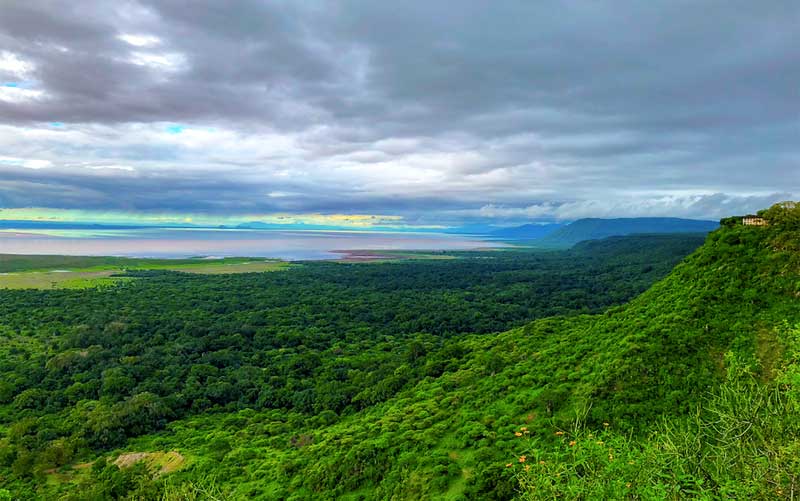
Dry Season (June - October)
As with most Tanzanian national parks, dry months (June-October) are best for game viewing in Selous. Thankfully, the reserve remains relatively crowd-free over this peak period.
Animals do not migrate away from the north during the year as they have consistent food and water sources in Selous.
Wet Season (November - March)
The rainy season is November till March. If you plan on visiting the reserve during this time, note that some roads may be flooded.
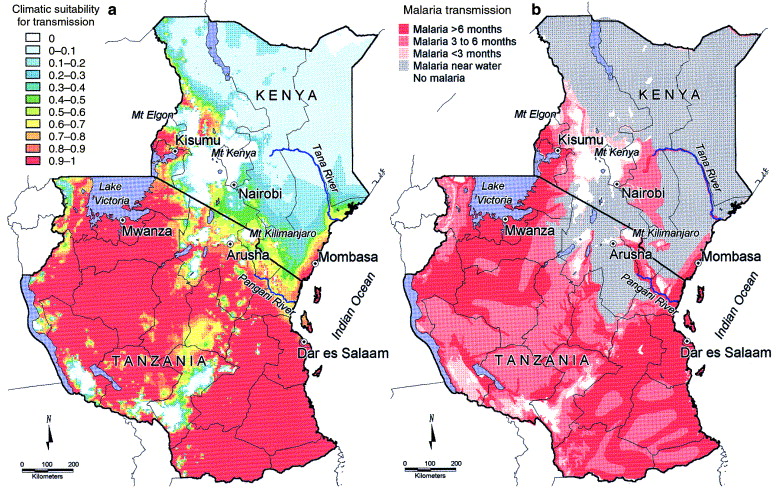
Humidity is also higher, bringing along more mosquitos. Some camps close over this part of the season.
My Pro Tip: Malaria is a risk in Tanzania, so consult your doctor about medication options before setting off. Make sure to pack a first aid kit with necessities including band-aids, headache tablets and diarrhea medication.
What is the best way to get to Selous Game Reserve?
The best way to get to Selous Game Reserve is by airplane. It's quicker and more comfortable than travelling by car over.
With that said, here are some added tips for getting to Selous Game Reserve by driving or taking flights.
Travelling by Road
By car, it is a 4-5 hour or 136-mile (219km) drive from Dar Es Salaam. The route goes through Mikumi National Park and enters Selous Game Reserve through Matambwe Gate. The last 50 miles of this drive is on a bumpy gravel road.
Flying In
Because of the long drive, many guests prefer to fly into Selous. A trip in a small aircraft from Dar Es Salaam will take 45 minutes, or 90 minutes alternatively from the airstrip in Ruaha National Park.
Where can I stay in or near Selous Game Reserve?
There are plenty of places to stay in and near Selous Game Reserve where you can put up your feet. There's something for everyone in the way of Tanzanian budget accommodation as well as more high-end accommodation for a visit to Selous.
Where to stay? Here are 5 of my favourite accommodation options in Selous:
- Africa Safari Selous Nyerere National Park (near Selous' Mtemere main gate and airstrip)
- Serena Mivumo River Lodge (near Selous' Mtemere main gate)
- Selous Kinga Lodge (near the Rufiji River)
- Baker Safari Company (near the Rufiji River)
- Sable Mountain Lodge, A Tent with a View Safaris (in the Beho Hills of Northern Selous)
Most high-end accommodation is located in the north of the reserve close to the river. There are fewer accommodation options than northern Tanzania but camps here are of the highest quality and strive for low environmental impact.
See more info on how a camping safari in Tanzania can help you appreciate Selous' beautiful landscape.

Plan your Safari experience
Check out these amazing deals on epic safari experiences now.
Mid-Range Accommodation
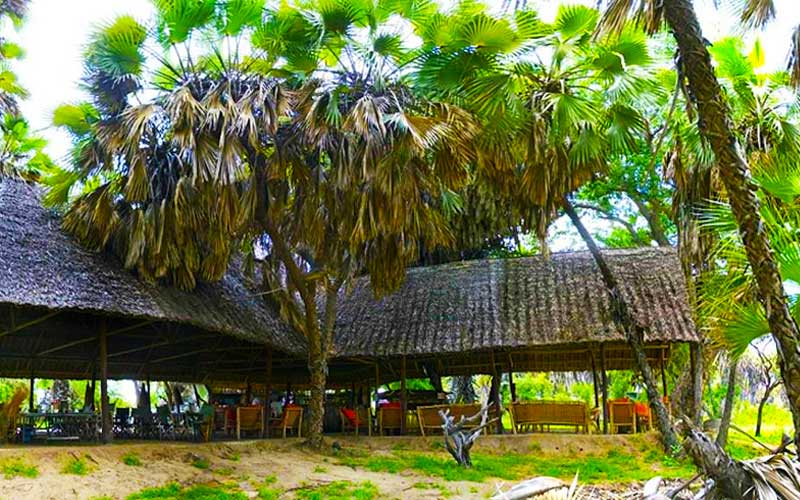
Lake Manze Selous Camp
The no-frills Lake Manze Camp is known for good elephant sightings. Its sister camp Impala is slightly more luxurious but still affordable.
Sable Mountain Lodge outside Matambwe Gate and Beho Beho in the northern part of the reserve are also budget-friendly with options of stone cottages or tented bandas.
Luxury Accommodation
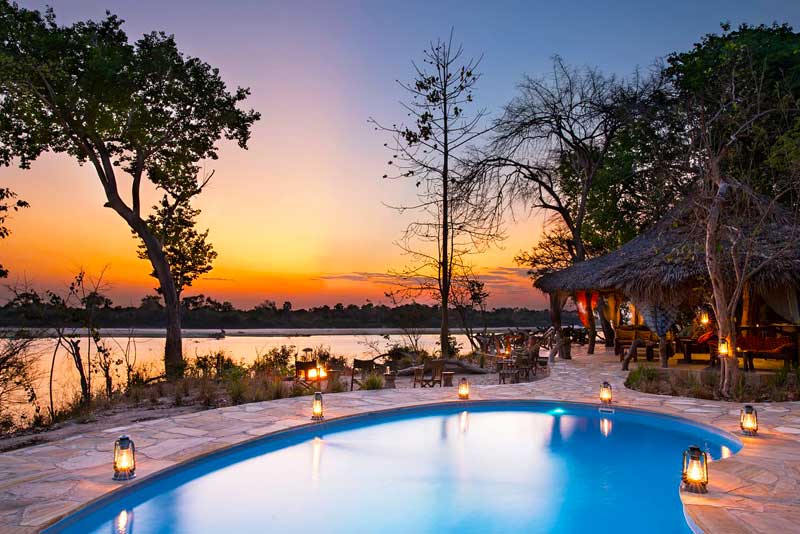
Selous River Camp
Siwandu Camp and Sand River Camp on the banks of River Rufiji are more pricey but luxurious and at perfect locations for game viewing.
See more info on why choosing a luxury safari lodge in Tanzania might be a good fit for you.
What animals can I see at Selous Game Reserve?
You can see all kinds of animals at Selous Game Reserve. It has some of the highest animal numbers on earth, and they are well spread out over this immense landscape.
Selous’s characteristic miombo woodland is more concealing than the open plains of the Serengeti. Even so, you are likely to check off most of the animals on your list plus some that are special to this reserve.
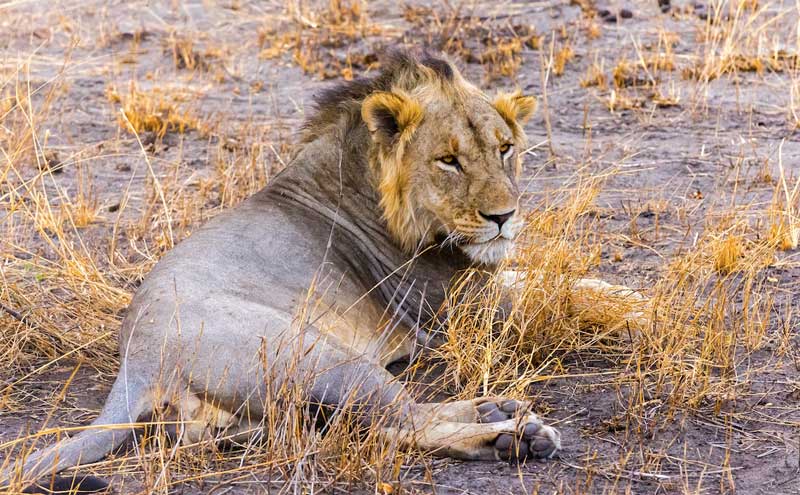
Elephants of Selous Game Reserve
Historically, Selous Game Reserve had the biggest population of elephants in the world. Sadly, rampant poaching over the last 50 years has reduced this population by a shocking 90%.
But even with the dramatic decrease, elephants still roam the reserve and sightings are regular. Over the decades, renowned organisations like UNESCO and the WWF have a played a vital role in reducing poaching in the region to protect these majestic large mammals.
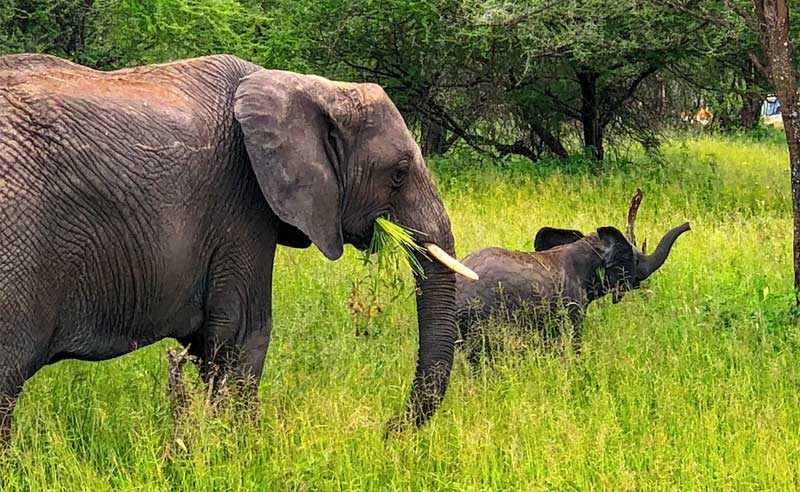
Wild Dogs
Selous Game Reserve is one of the best places to see wild dogs. About 900 of the world’s 6000 remaining wild dogs can be found here.
Also called painted dogs, these canines are some of the most successful predators with 80% of their hunts ending in a kill.
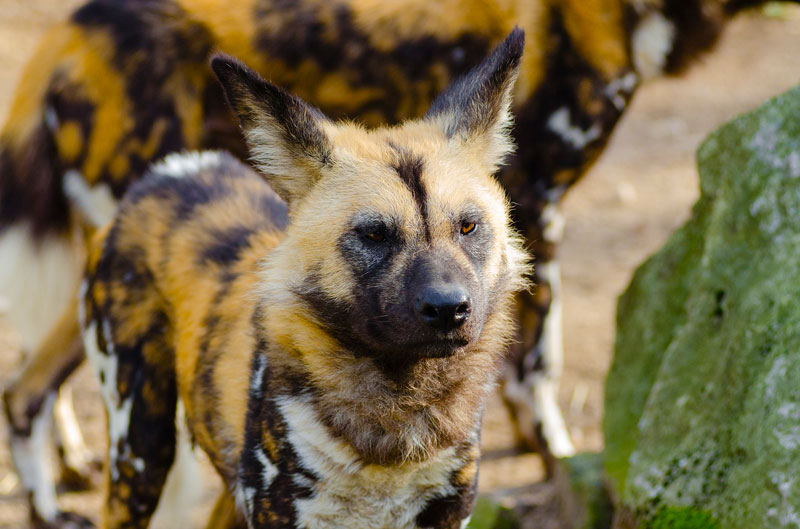
Black Rhinos
The park has one of Tanzania’s last remaining populations of endangered Black rhino. These shy animals prefer dense bushes where they are well hidden.
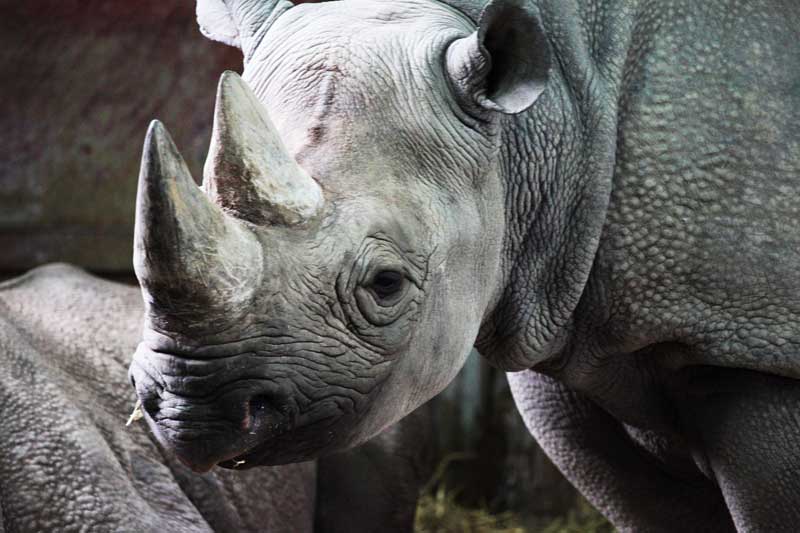
Rare Antelope
Selous is home to the largest populations of puku antelope which graze the flooded grasslands of the park. The reserve also has good numbers of sable antelope, often seen around the northern parts of the reserve. Lichtenstein’s hartebeest is unique to the miombo woodlands found here.
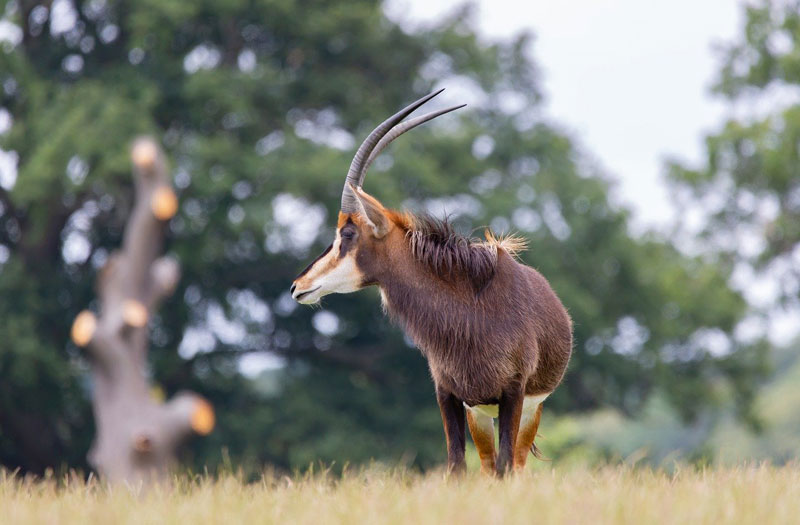
Sable antelope
Big Cats
This is a great place to see big pride of lions and males with impressively sized manes. The reserve also has one of the highest concentrations of cheetahs.
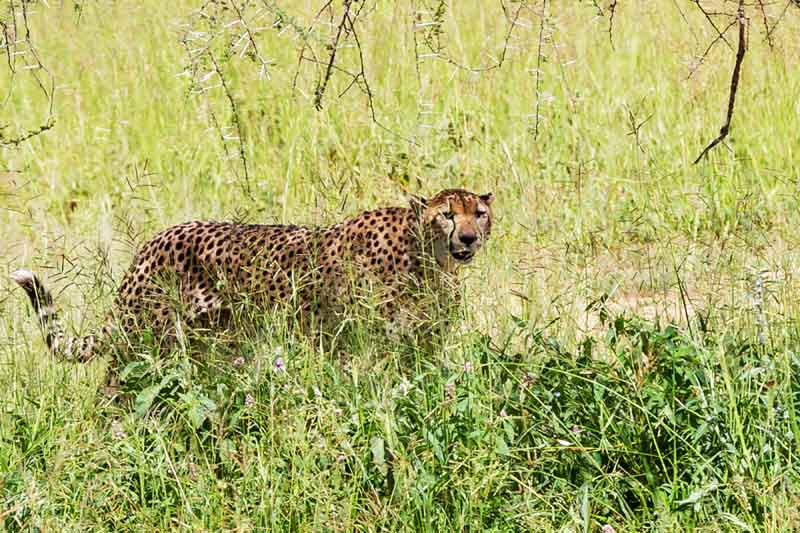
Leopards are rarely sighted but you may pick up tracks or other signs of these elusive cats on a guided walk.
Other animals in Selous Game Reserve
A boat trip down the Rufiji River will get you close to some of the thousands of resident hippos and crocodiles.
It is highly unlikely that you will visit Selous Game Reserve without seeing a giraffe, there are around 40, 000 of them!
The diverse habitats are also home to waterbuck, greater kudu, wildebeest, eland, impala, plains zebra, Cape buffalo, hyena and primates including baboons, colobus monkeys and vervet monkeys.
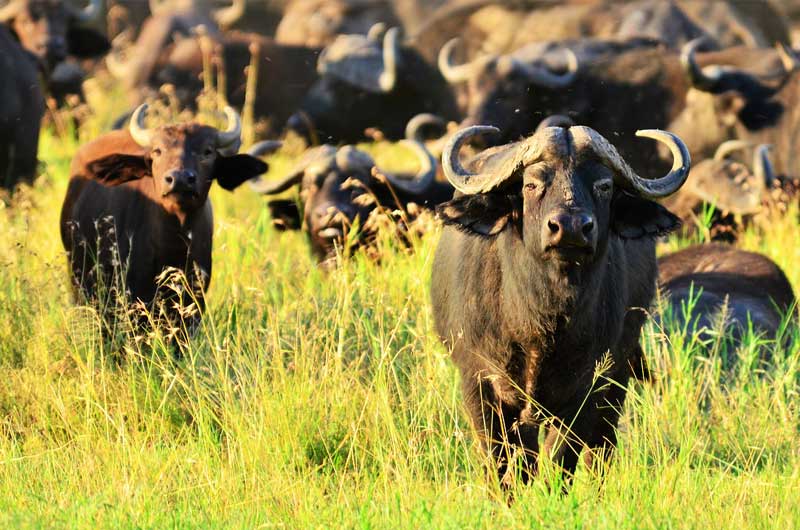
Birdwatching
There are around 445 bird species in the Selous Game Reserve. The river system is particularly rich in bird diversity.
Look out for crimson flocks of carmine bee-eaters clustered on the muddy sandbanks while pink-backed pelicans, African skimmers and squacco herons stalk the water edge and fish eagles, kingfishers patrol the open waters.
At dusk, you may just spot a rare Pel’s fishing owl coming out to hunt.
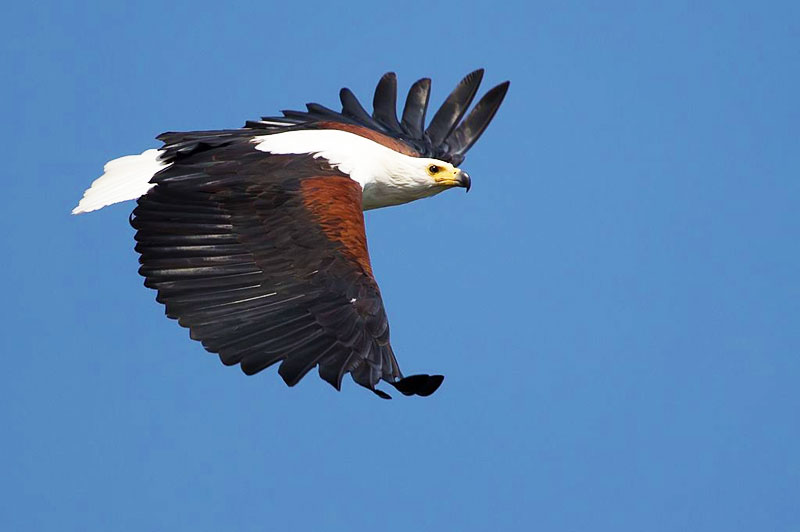
African fish eagle
The Udzungwa forest partridge and delicate rufous winged sunbird are endemic species to this area.
What activities are there in Selous Game Reserve?
Selous Game Reserve has the biggest range of activities of all Tanzania’s parks. If traditional safaris aren't your thing, there's always scenic and cultural tours that you can enjoy during your stay.

Plan your Safari experience
Check out these amazing deals on epic safari experiences now.
Game drives
Head out with an experienced guide who knows the landscape and animals. Predators and prey escape the midday heat under shady trees so take a drive before 11 am or after 3 pm for the best sightings.
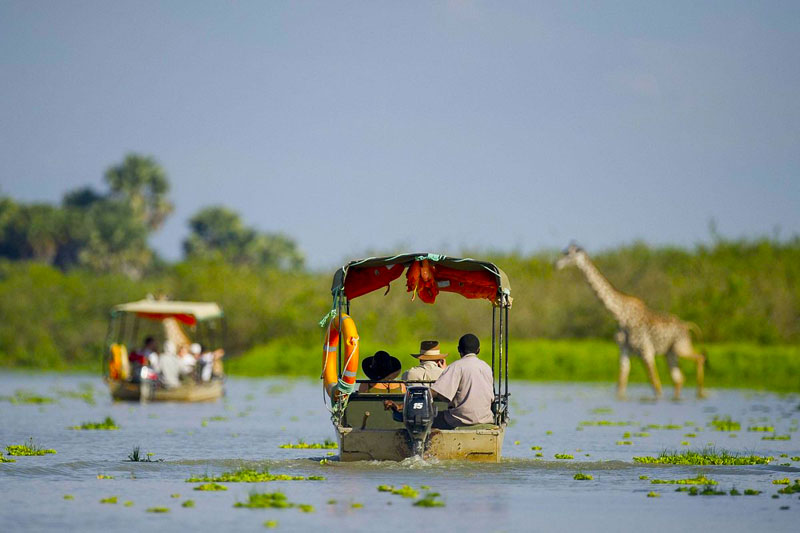
Boat trips
A unique option for a safari, river cruises on the Rufiji River is a chance to get close to the many hippos and crocodiles on these waterways. Choices range from sunset cruises to half-day trips.
Walking Safaris
You will never feel closer to nature than on a guided foot safari. Appreciate the little things and learn about tracks and signs.
Fly Camping Tours
A number of camps offer adventurous visitors the experience of sleeping beneath basic tents in the wilderness. An armed ranger and guide will keep you safe as you listen to lions roar and swap stories around a blazing fire.
Cultural Tour
Take a guided tour to the nearby Mwaseni Village. Always ask permission and be sensitive about photographing people.
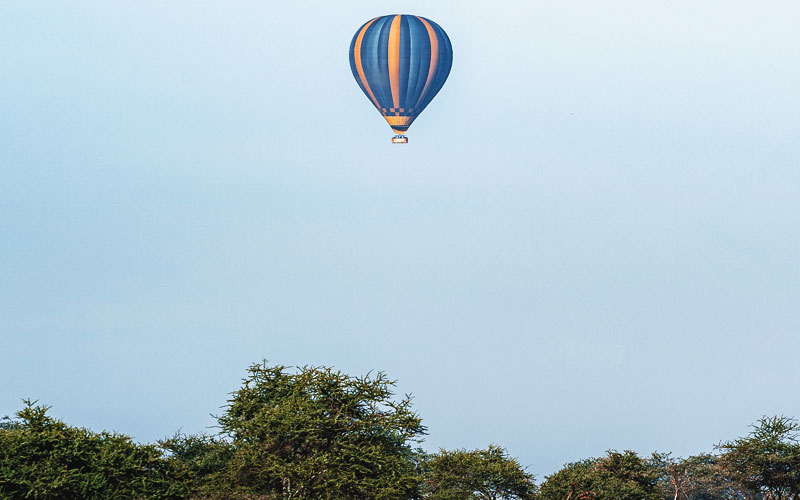
Hot Air Ballooning
Get an early start and watch the sunrise as you float above the plains. Most balloon safaris include a champagne breakfast.
My Final Thoughts
And there you have it: Selous Game Reserve in a nutshell. So, why not figure out what to pack for a Tanzanian safari and come down to Southern Tanzania today? Selous Game Reserve is waiting for you.

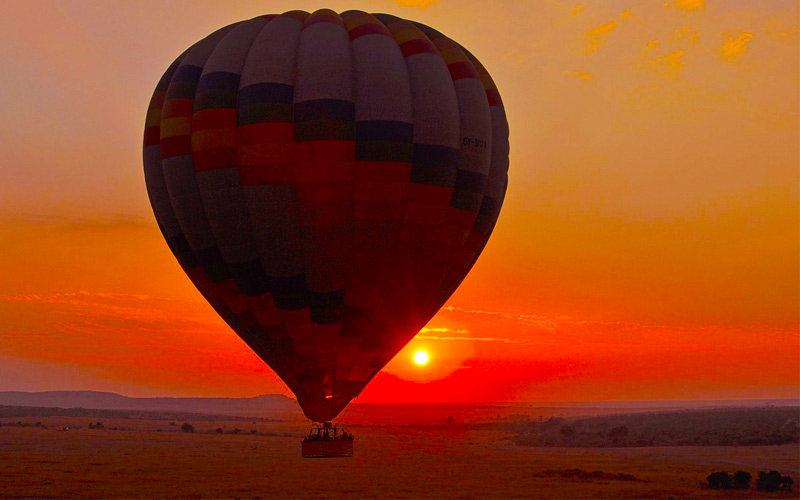
Nyerere National Park is extended from Northern Matambwe, Msolwa Ilonga to South Likuyuseka, Kalulu and Liwale so there is no hunting in southern part of Nyerere and photographic tourism is allowed please make correction on your information we are welcome investors for photogrsphic tourism in south Nyerere